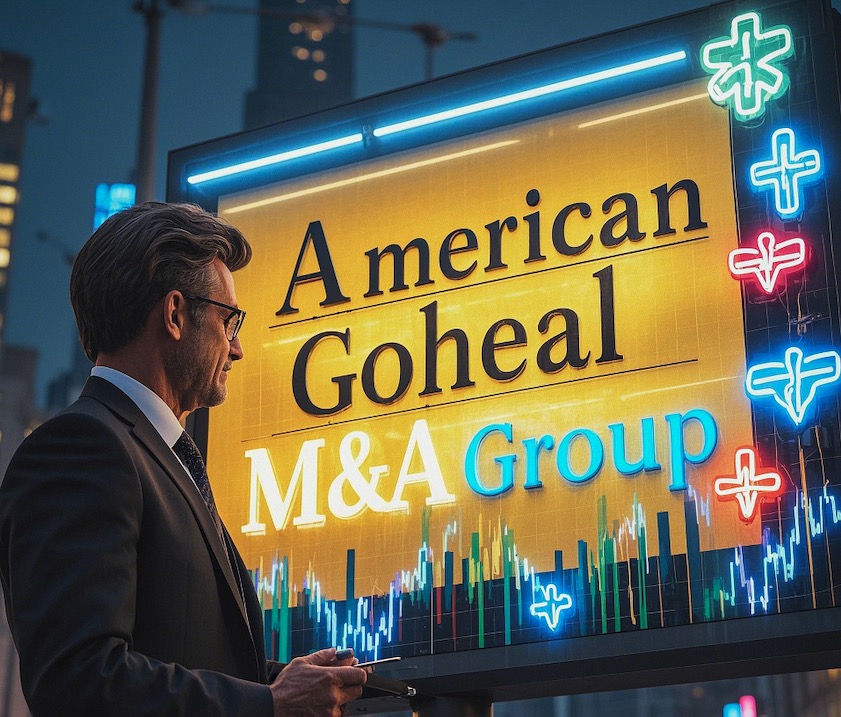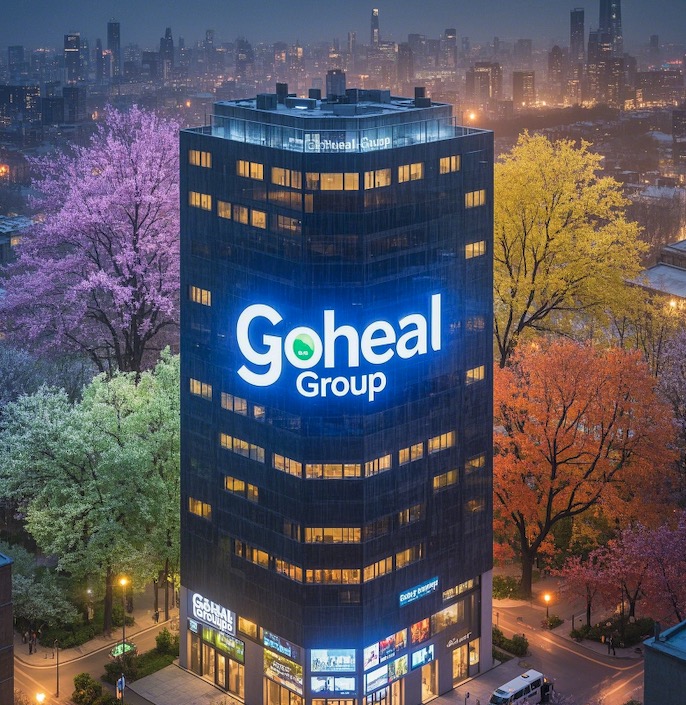The capital market is changing, and the acquisition of controlling rights of listed companies is no longer as simple as "buying and selling", but a carefully designed math game. Do you think its price is determined only by the market price? Wrong! Behind the controlling equity acquisition involves multiple variables such as corporate valuation, market premium, capital cost, and future returns. Each change in the number may make the transaction results very different.
Looking back at the classic mergers and acquisitions cases in the past few years, from Musk's acquisition of Twitter (now X) to the sharp fluctuations in stock prices due to corruption allegations, to the huge losses caused by Illumina's acquisition of Grail in violation of the antitrust law, all show the complexity of acquisition of acquisition pricing. If corporate acquisitions do not have accurate pricing strategies, they will suffer heavy losses at the least "buy high and sell low", and at the worst, they will cause double crises between law and market.

American Goheal M&A Group
So, how is the price of controlling equity acquisition for listed companies calculated? What are the often overlooked "math games"? As a world-leading M&A consultant, Goheal has witnessed and participated in many complex cross-border transactions. Today, I will reveal the pricing logic behind controlling equity acquisitions, so that you can truly understand the core rules of this capital game.
Controlling equity acquisition is not a simple stock trading
Many investors mistakenly believe that acquiring the controlling stake of listed companies is to "buy stocks". Wouldn't it be enough to buy more than 51% of the shares at the market price? But the truth is far from that simple. The core difference between controlling equity acquisition and ordinary equity transaction is that it is not a simple market transaction, but a "control transaction".
In the capital market, the value of each share of a company depends not only on the current market price, but also on whether this batch of shares is enough to allow holders to control the company's strategic direction. This is why in controlling interest acquisitions, stocks often trade at higher prices than market prices, resulting in the so-called "controlling interest premium".
Let’s take a look at an example. Assuming that a listed company's current share price is $10 per share, the price the buyer is willing to pay when acquiring its controlling stake is likely to exceed $10, or even $15-20. This part of the premium reflects the value of "control".
Goheal found in many transaction cases that many acquirers underestimated the acquisition cost due to neglecting the premium of controlling equity, resulting in the breakdown of negotiations and even missing high-quality targets. Therefore, scientific calculation of premiums is a key link in mergers and acquisitions.
The three core variables of controlling equity acquisition price
To calculate the reasonable price of a controlling stake acquisition, investors need to consider multiple variables, the three most critical factors are:
Market Value VS Intrinsic Value: Who is more important?
Market value, that is, the current stock price reflects investors' "short-term sentiment" towards the company, while intrinsic value is the true reflection of the company's long-term operating ability. If the intrinsic value of the company is much higher than the market value, the acquirer is often willing to pay a higher premium, which may, conversely, lower the offer. For example, Adani Group's share price plummeted in 2024 due to corruption charges, but if the acquirer believes that its long-term profitability is still strong, he may still be willing to pay a higher acquisition price.
Industry prospects and synergies: Can prices be "discounted"?
One of the core purposes of acquiring a business is to create synergies. If the acquirer can integrate business through mergers and acquisitions and improve efficiency, it may calculate future savings when pricing, thereby reducing the acquisition price in negotiations. For example, when Illumina acquired Grail, it claimed that the transaction could bring long-term technical synergy, but ultimately failed to achieve antitrust issues, causing a sharp drop in stock prices. This is a part of the "mathematics game".
Funding cost: Where does the money come from, determine how much you can afford
Mergers and acquisitions usually involve huge amounts of funds, and the cost of funds directly affects the final acquisition price. If the buyer uses his own funds to acquire it, the cost is relatively low; but if he relies on leveraged financing or issuing bonds, he must consider factors such as interest expenses and market risks. Therefore, the acquirer often adds the variable "financing cost" when calculating the price to avoid transaction failure due to financial pressure.
In an international merger and acquisition transaction, Goheal helped the acquirer optimize financing plans, reduce the overall acquisition cost, and ensure that the transaction is completed smoothly. This kind of "mathematical game" is not only a calculation, but also an art of capital operation.
"Disaster" consequences of wrong purchase price
If the acquisition price is set incorrectly, the consequences may be extremely heavy. Judging from historical cases, the three most common mistakes are:
The quotation is too high, causing the acquirer to "buy more expensive"
In 2016, SoftBank of Japan acquired ARM for a high price of US$32 billion, but the return on investment was far lower than expected due to the subsequent profits not meeting expectations. This situation is particularly common in the technology and Internet industries, and incorrect corporate growth estimates can cause huge losses.
Quotes are too low, negotiations are broken, and opportunities are missed
In 2018, PepsiCo tried to acquire vegetarian snack company Bare Foods, but failed because the offer failed to meet the other party's expectations. Eventually, the company was acquired by another company for a higher price, and Pepsi missed an opportunity to expand the health food market.
Unexpected capital costs, the final acquisition failed
Some biotech companies are trying to acquire competitors, and the quotes seem reasonable, but due to the high financing costs, they are ultimately unable to complete the delivery, which has damaged market confidence and the company's stock price plummeted.
Are you really doing the "math game" of mergers and acquisitions?
The pricing of controlling equity acquisition of listed companies is not a simple mathematical problem, but a game involving multiple dimensions such as market, finance, law, and negotiation. If the reasonable price cannot be accurately calculated, the buyer may fall into the dilemma of "buy high and sell low", and the seller may miss the opportunity to have a higher premium.
Have you participated in similar merger and acquisition negotiations? Or how do you think the value of the controlling stake should be evaluated? Welcome to leave a message in the comment area and discuss with Goheal to find the best M&A strategy!

Goheal Group
[About Goheal] Goheal is a leading investment holding company focusing on global mergers and acquisitions and holdings. It has deeply rooted in the three core business areas of listed company control acquisition, listed company mergers and acquisitions and restructuring, and listed company capital operation. With its deep professional strength and rich experience, it provides enterprises with full life cycle services from mergers and acquisitions to restructuring and then to capital operation, aiming to maximize corporate value and long-term growth of profits.